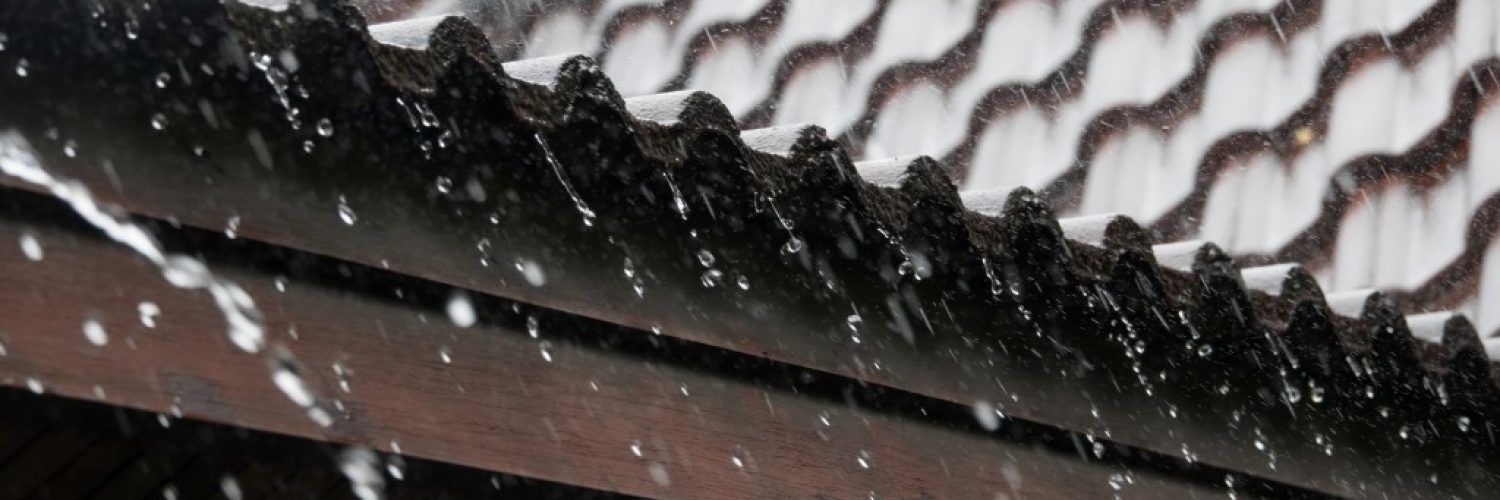You go on vacation for a week, fully secured in the state-of-the-art security and alarm system that you bought. No burglars would be able to come in and ransack your beautiful new home—and you’re right, for the most part.
During your vacation, another type of intruder did make it into your home—rain. Without a fully protective rainscreen, such as honeycomb panels, your home is vulnerable.
Rainscreen: What is it?
A rainscreen is a component that is part of a wall construction system. Even with the siding, the wall sheathing may still get moisture when it rains. A rainscreen’s job is to serve as the barrier that keeps the moisture out.
Rainscreen systems are usually comprised of the exterior cladding or siding, the ventilation and drainage cavity, a layer of insulation, the house wrap, and air barrier.
Of all of these components, the ventilation and drainage cavity are the most important. That space is essential between the house wrap and siding, and to create this space, strapping or vertical furring strips are applied over the drainage plane. The wood strips are where the siding is nailed to afterwards.
Why the need for a rainscreen?
A rainscreen is crucial because the ventilation cavity allows for residual water drainage and airflow. If moisture is left in the siding or if it makes its way underneath in torrential rain, and it will evaporate. The rainscreen will provide a way for rising air if there exist ventilation outlets at the top, instead of mere weep holes at the bottom. Because of this airflow, sidings are kept cool; therefore, preventing material deterioration.
How about house wrap?
 While some builders recommend only a house wrap, this is not sufficient in areas that have wetter climates. A house wrap is primarily tasked with draining the water that has gotten through the sidings (may be caused by leaky joints or capillary action). But over time, house wraps start losing their ability to repel water. If you see peeling paint and rotten siding within your house, it means the house wrap in that area has failed.
While some builders recommend only a house wrap, this is not sufficient in areas that have wetter climates. A house wrap is primarily tasked with draining the water that has gotten through the sidings (may be caused by leaky joints or capillary action). But over time, house wraps start losing their ability to repel water. If you see peeling paint and rotten siding within your house, it means the house wrap in that area has failed.
Expert builders advise their clients to install rainscreen systems if the house is located in an area where rainfall of 50 inches or more is the annual average forecast. Likewise, houses in coastal areas are prone to this type of “leak”.
Why a honeycomb rainscreen?
Marcus Terentius Varro, a Roman scholar, observed his bees and had come to the conclusion that the hexagonal structures they build are most compact compared to any other shape. Thousands of years later in 1999, University of Michigan mathematician Thomas Hales provided mathematical proof, called the “Honeycomb Conjecture”. Through it, Hales came to the conclusion that bees designed honeycomb that way to make it efficient in both design and function.
Simply put, the hexagon is the most efficient shape found in nature. It does not waste space, is geometric, and maximizes storage. It is also not limited by direction and can fit practically anywhere. Moreover, it’s compressive nature gives it strength unparalleled by anything in this world.
To fully protect your home, you may install high-quality gutters and use wide roof overhang. Experts also recommend sealing your doors and windows properly to keep moisture out of the house.

